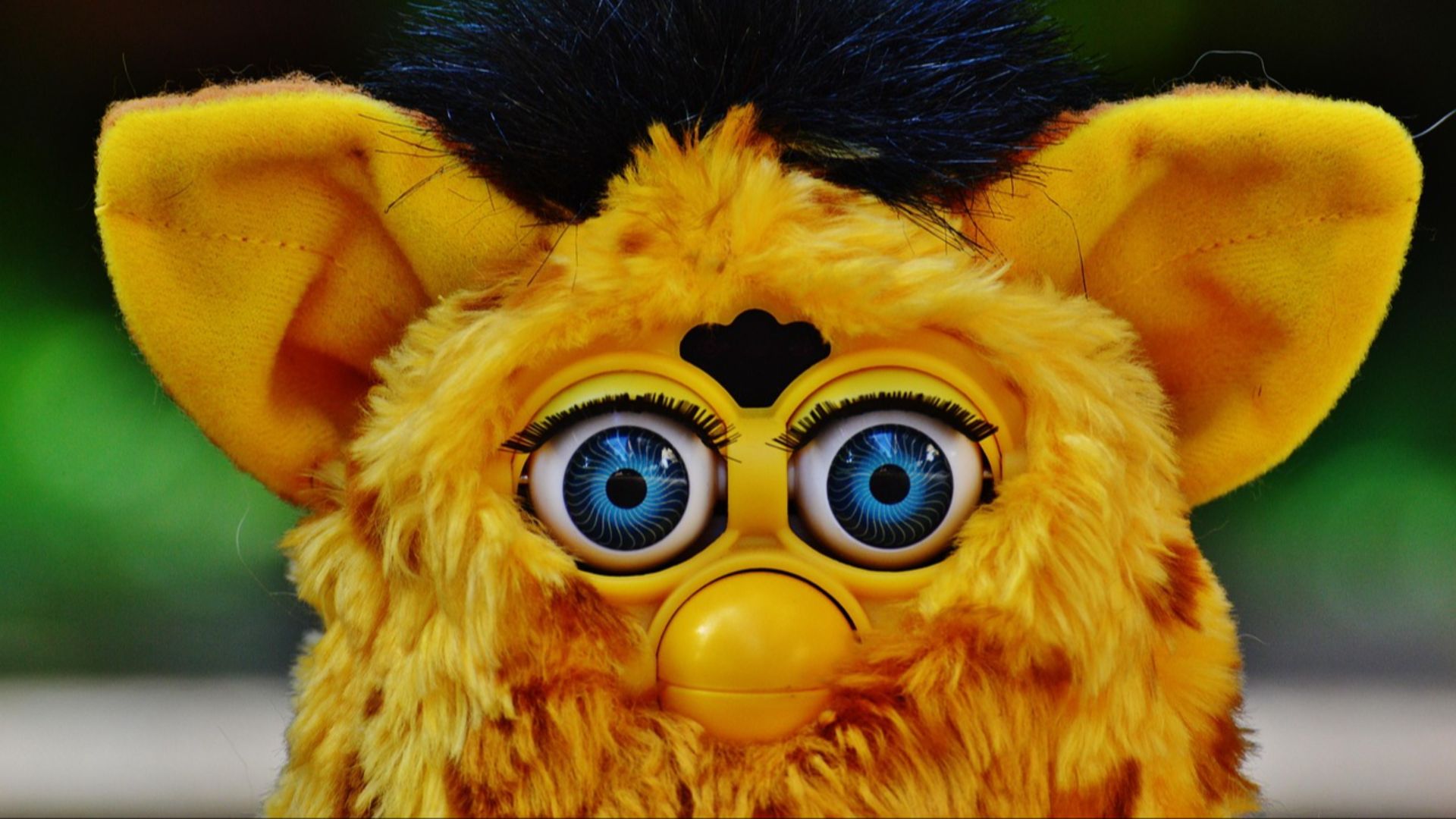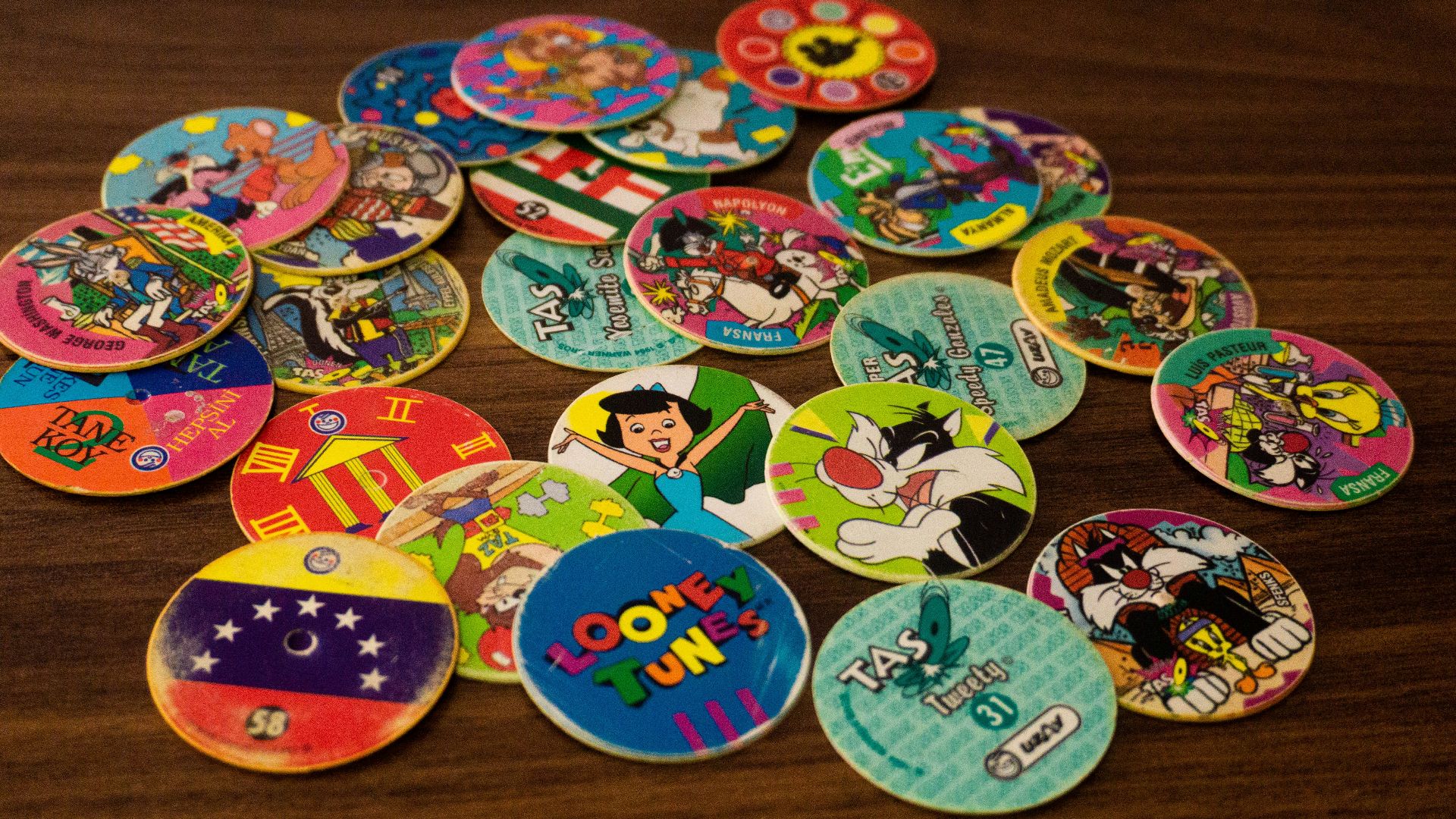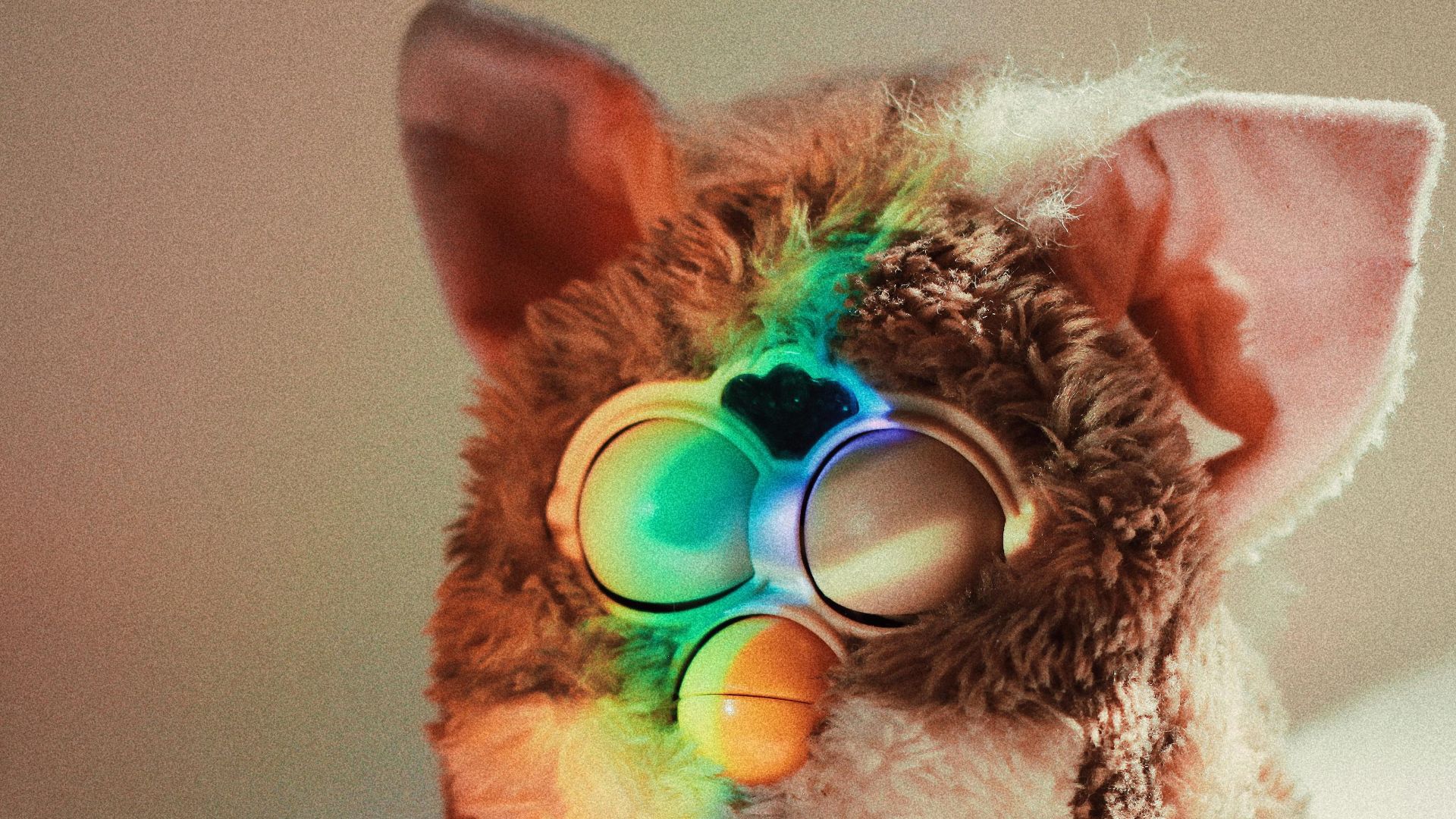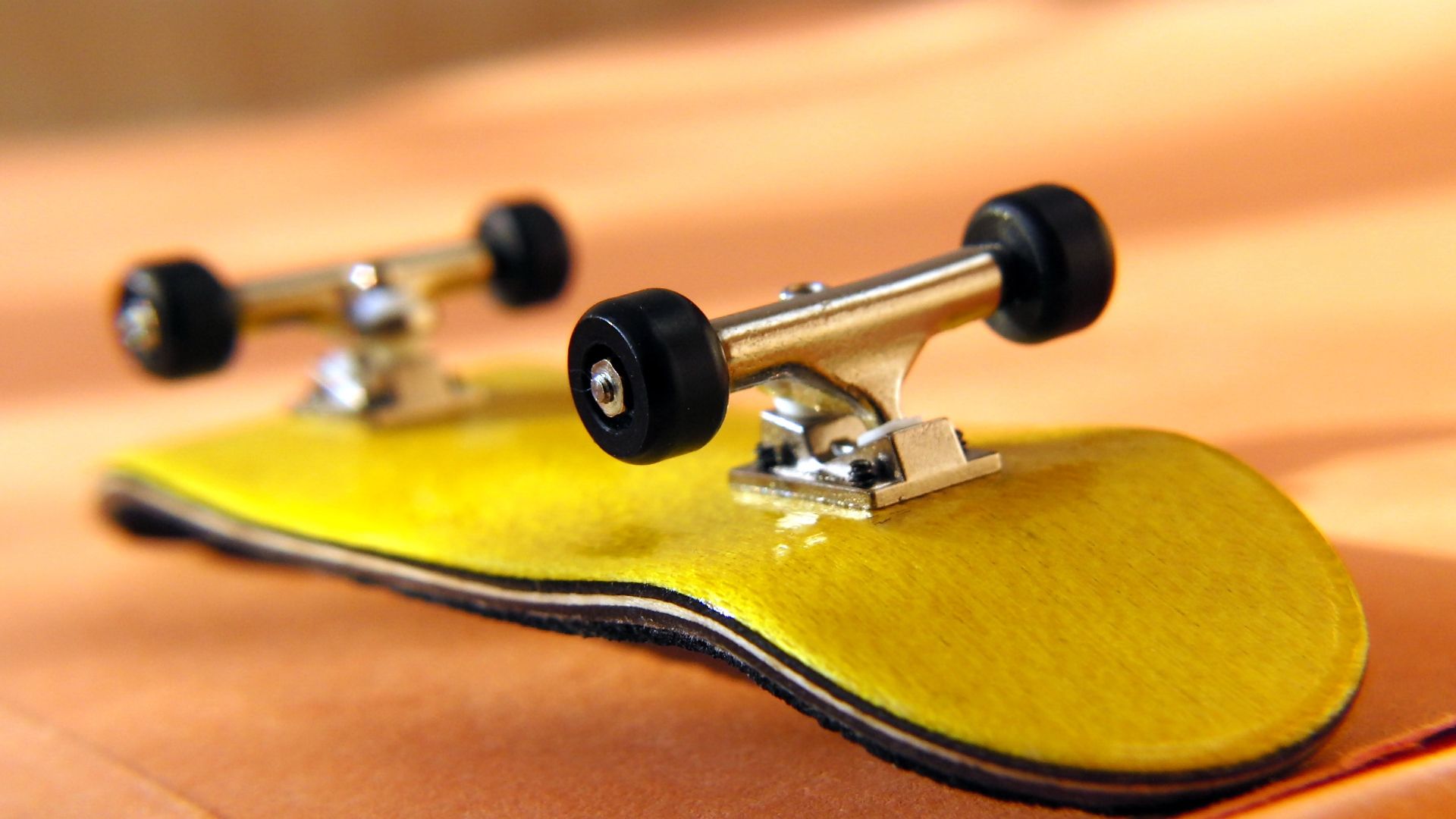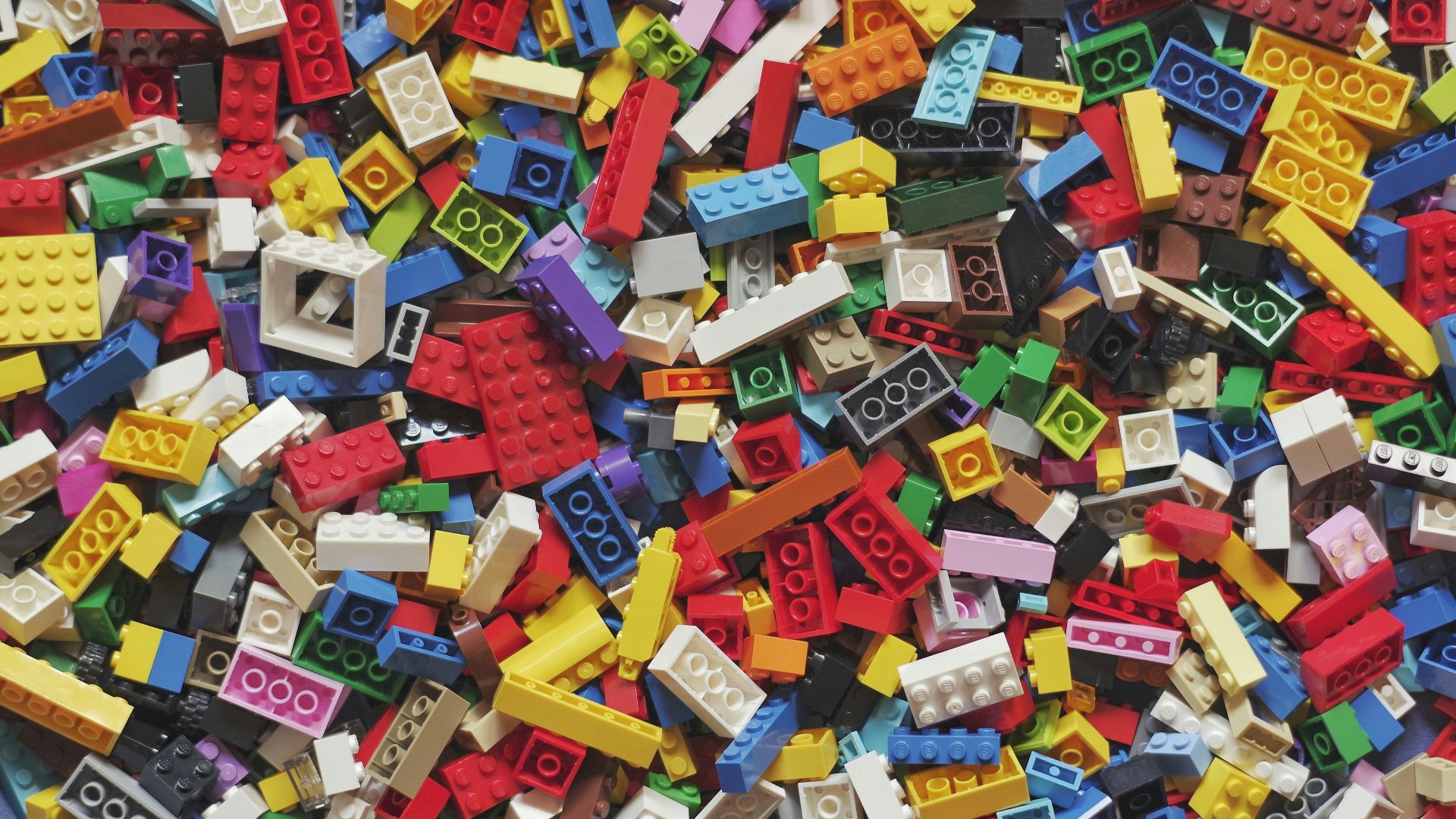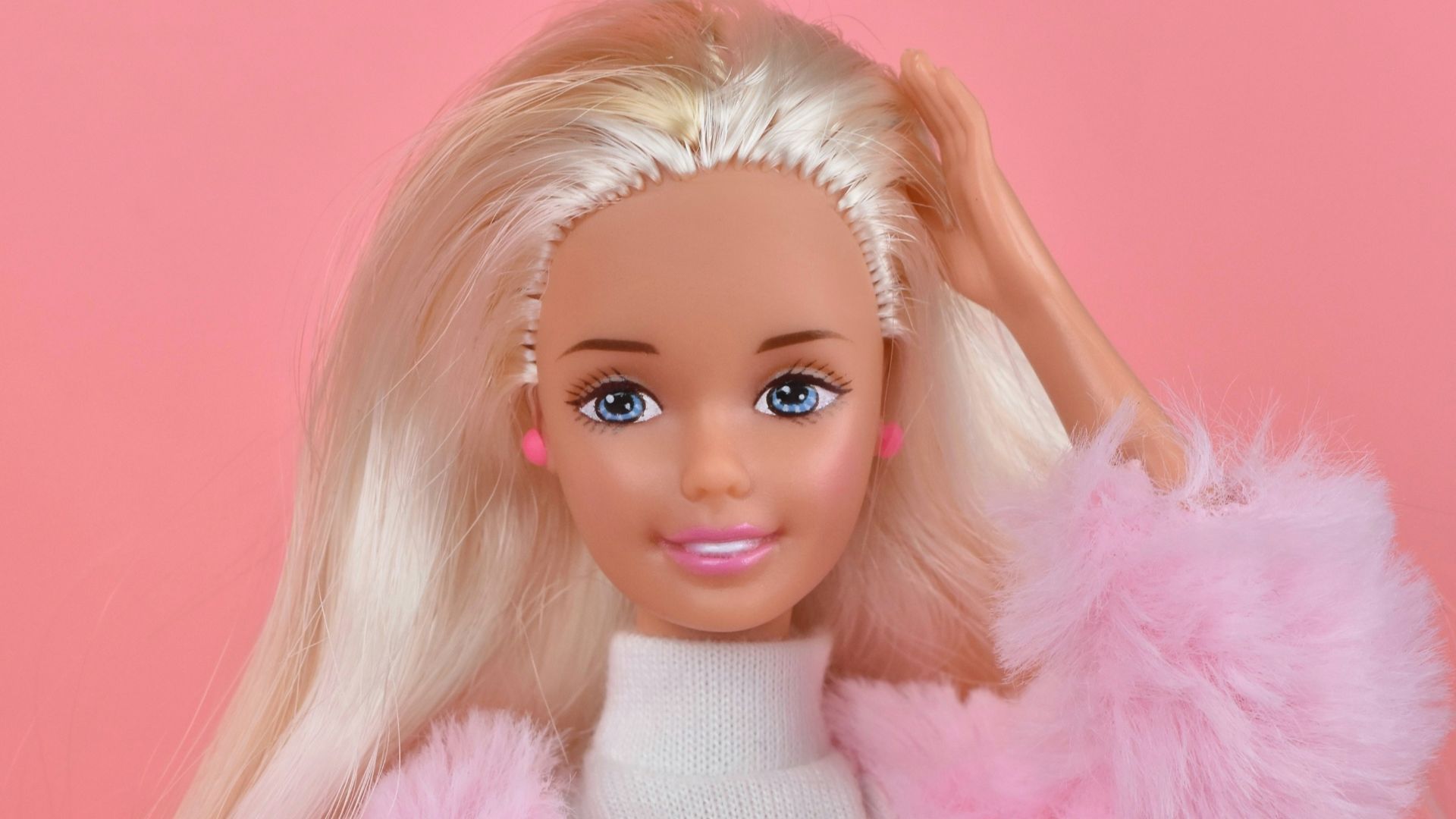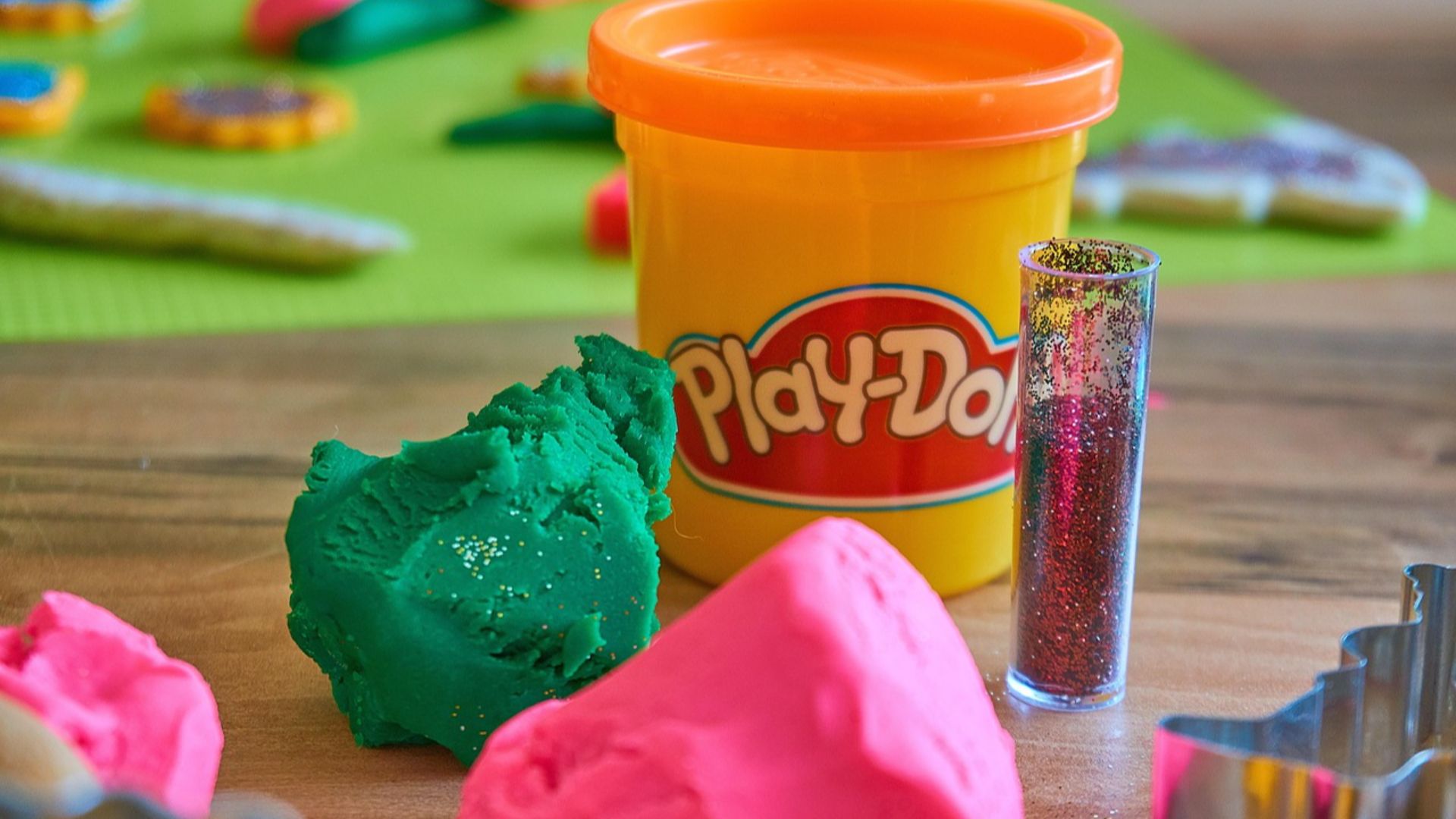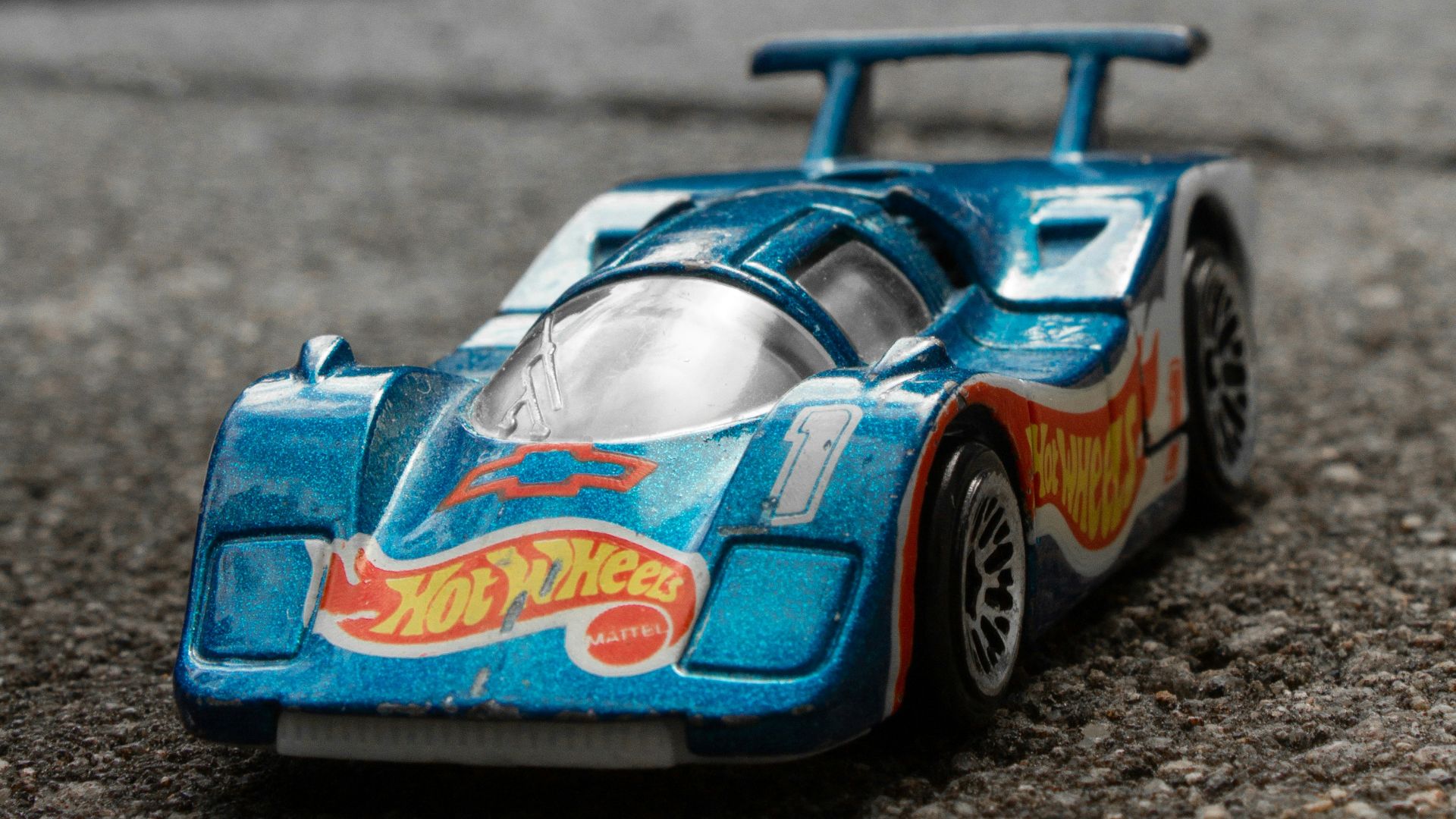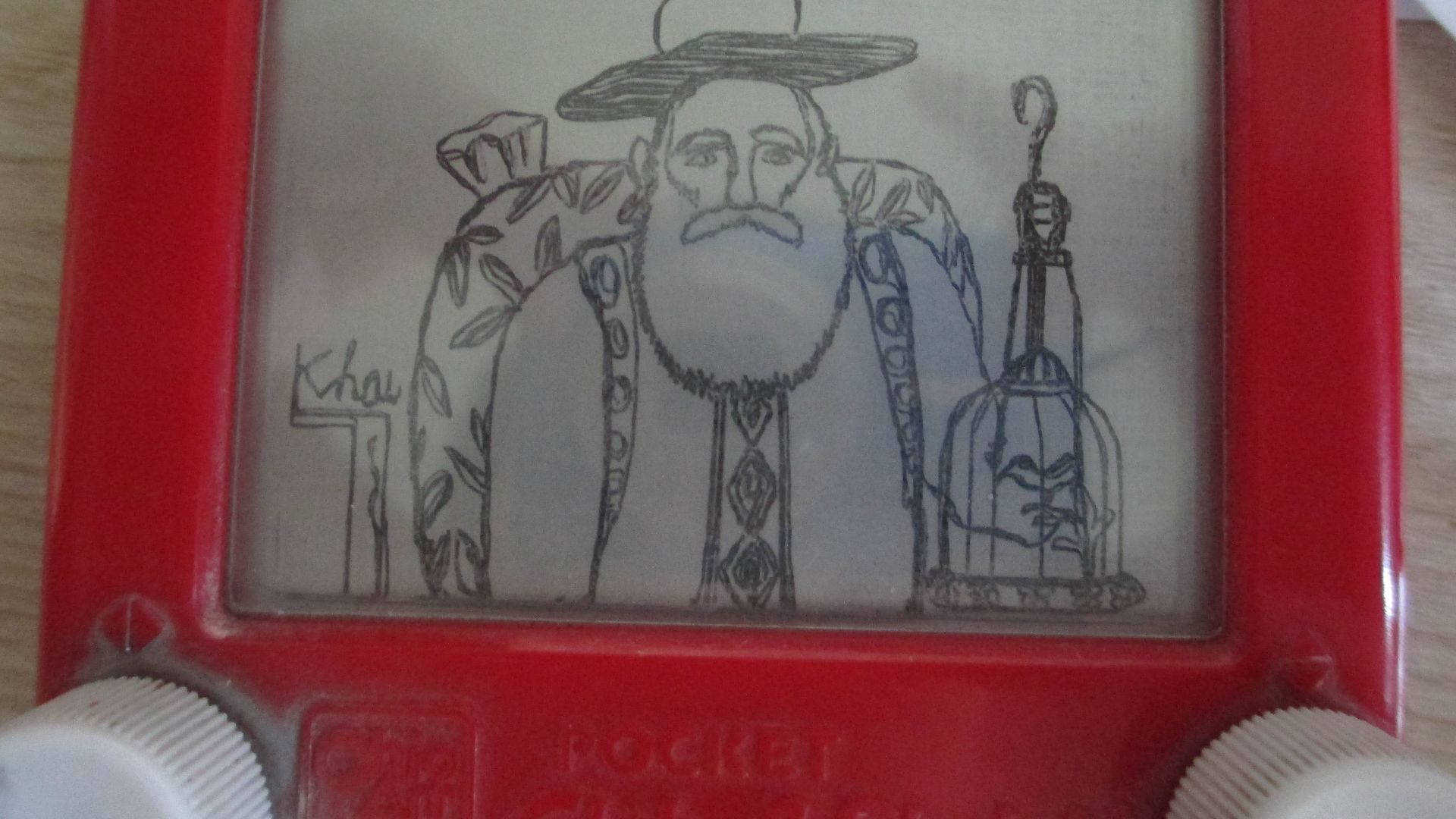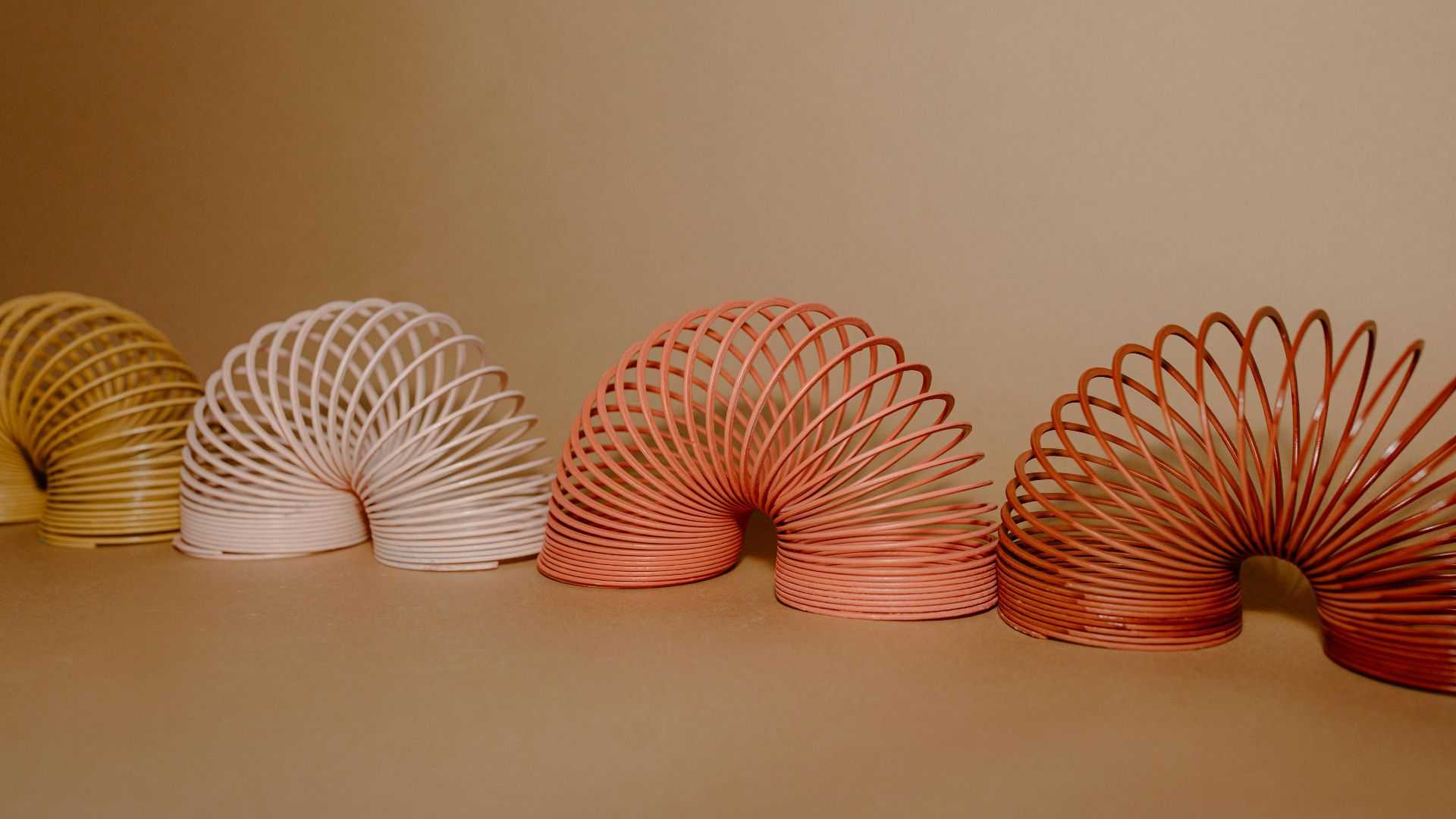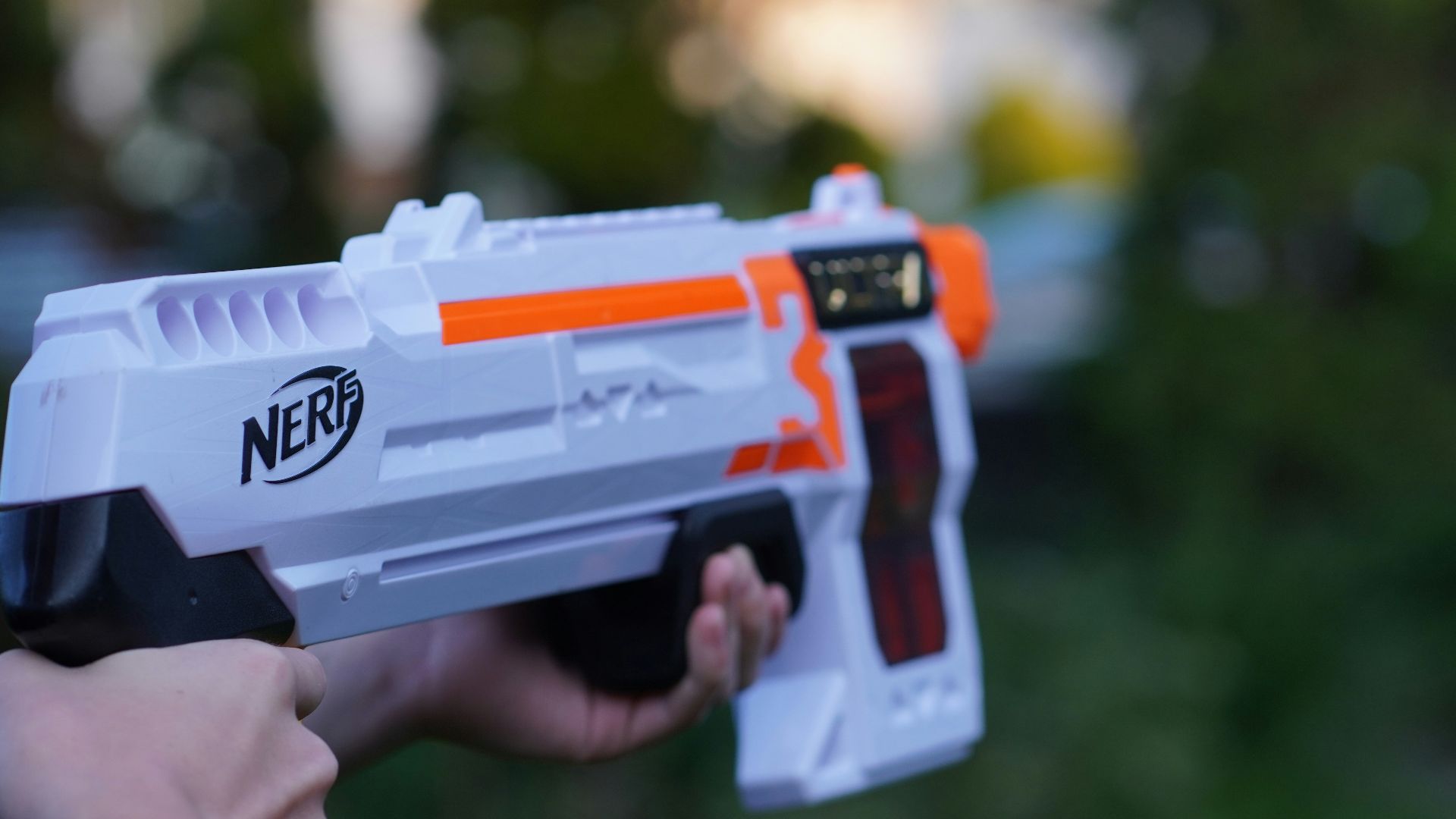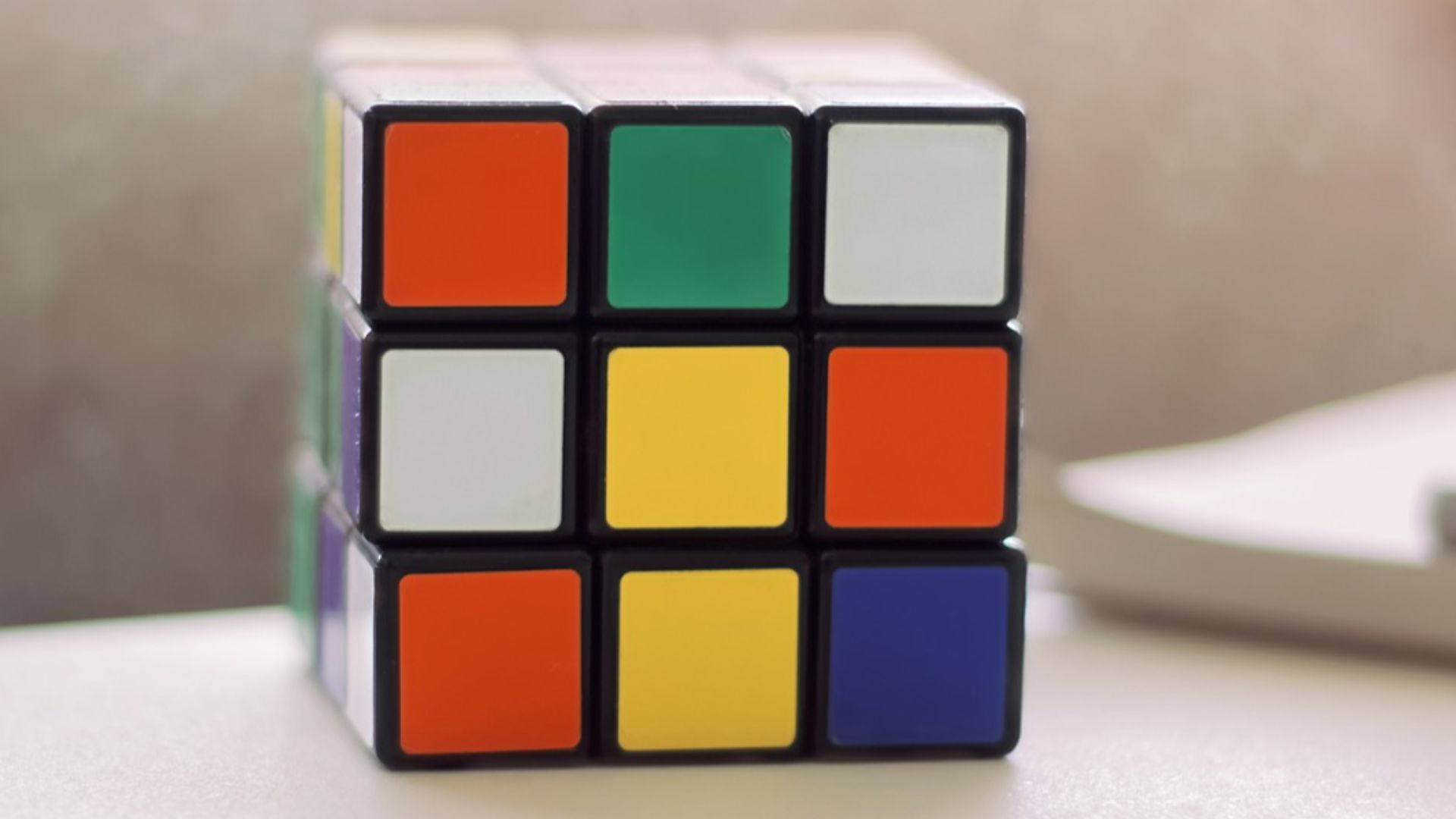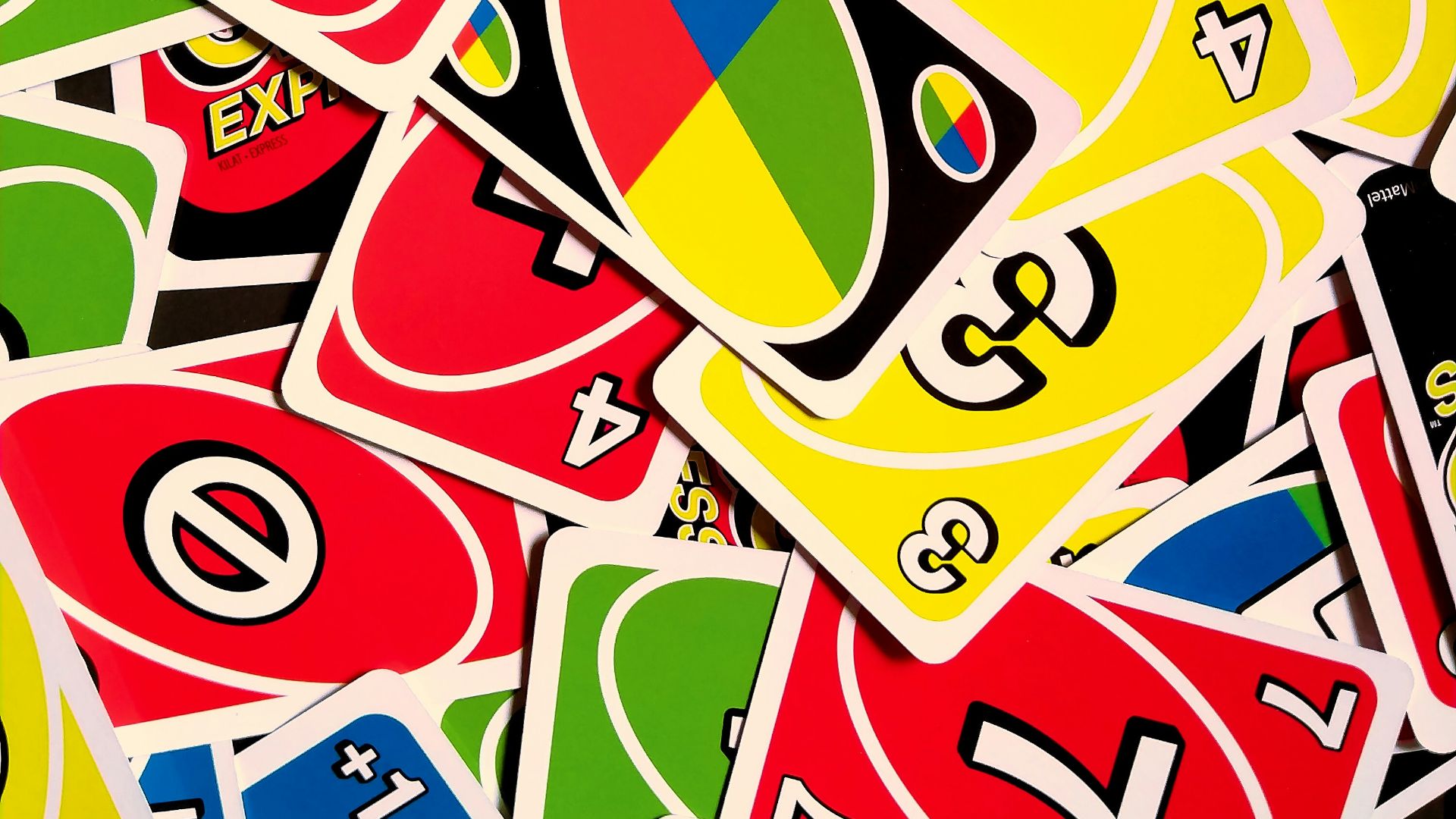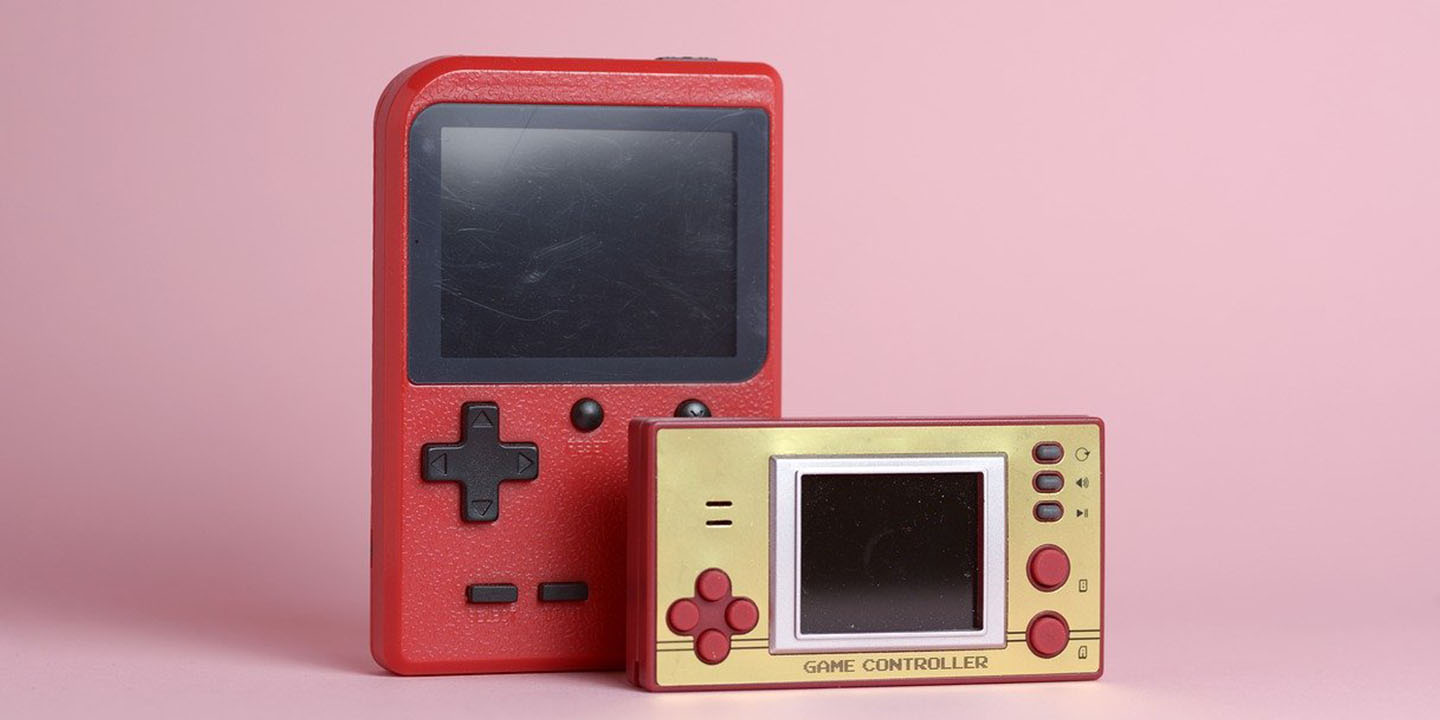10 Kids' Toys That Lost Popularity & 10 Timeless Ones That'll Always Be Played With
10 Kids' Toys That Lost Popularity & 10 Timeless Ones That'll Always Be Played With
Outdated Versus Classic
Toys ruled recess and dictated bedroom floor battles, and everyone had that one toy they couldn't stop showing off. But times change, and most trends eventually lose their staying power. When it comes to the toy world, some just faded like old lunchbox stickers, while others earned their rightful place in toy boxes for years to come. Want to see which ones stood the test of time? Let's first start with those that fell off.
1. Pogs
Pogs, those decorated cardboard circles, peaked in the mid-1990s. You could hear their plastic slap across cafeteria floors. Originating from a Hawaiian milk cap game, they exploded thanks to schoolyard trading. Then, schools claimed they were gambling tools and banned them.
2. Tamagotchis
Remember waking up at 3 a.m. to feed a digital blob? Bandai's Tamagotchi debuted in 1996 and sold over 76 million units worldwide. This toy was one to teach responsibility. Kids couldn't balance reality with a needy virtual pet, and eventually, reality won.
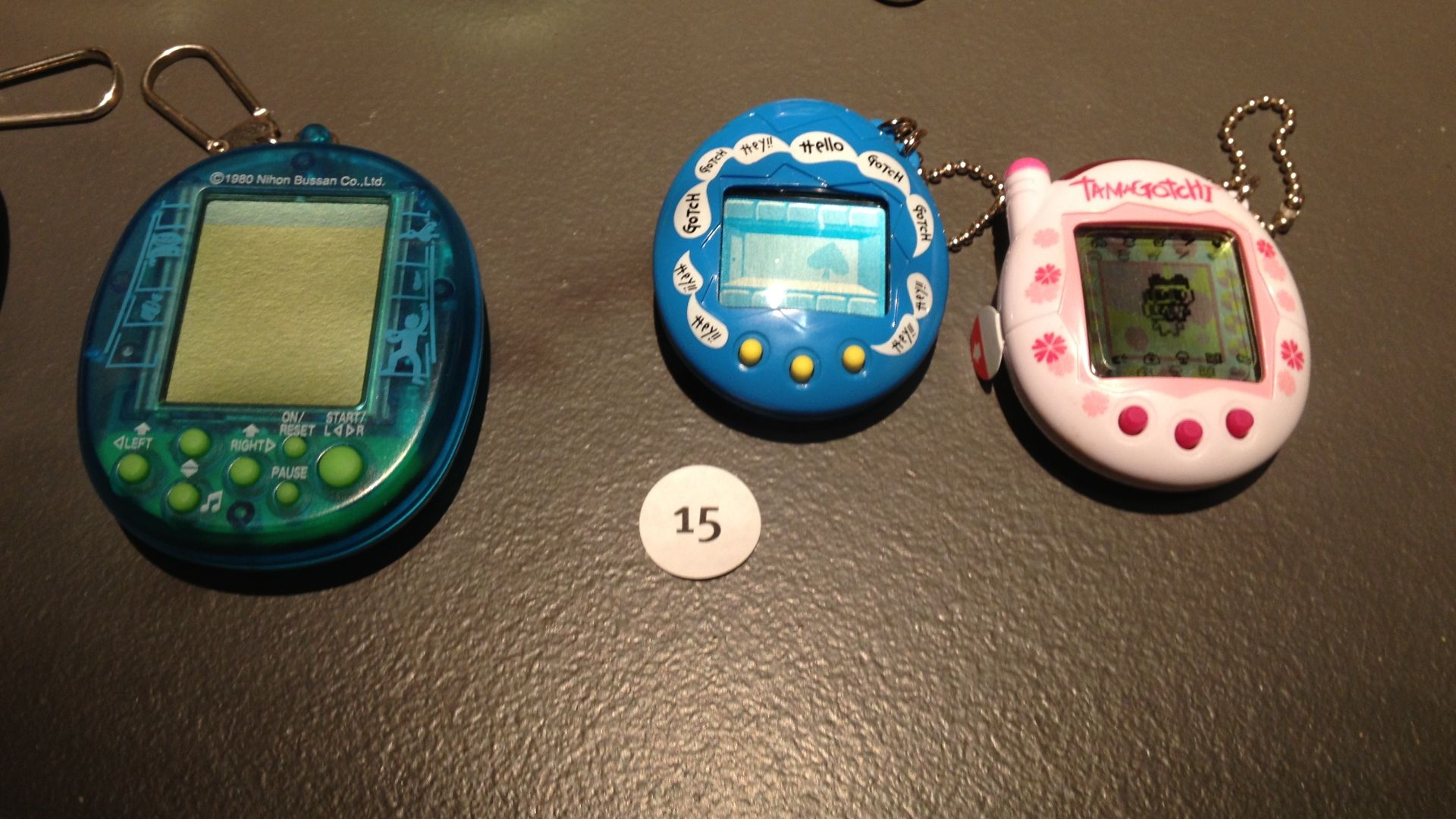 Chester from Toronto, Canada on Wikimedia
Chester from Toronto, Canada on Wikimedia
3. Furby
Launched in 1998, Furby was chaotic and somehow charming. It "learned" English over time, and its blinking, creepy eyes unnerved parents everywhere. The NSA even banned it from their offices. Despite wild sales, parents grew tired of its chatter. Shelves stopped restocking by 2001.
4. Moon Shoes
While they looked like trampolines for your feet, they also felt more like twisted ankles waiting to happen. Moon Shoes were marketed as "miniature anti-gravity devices." Kids bounced awkwardly around the driveway until the novelty wore off—and so did parental patience.
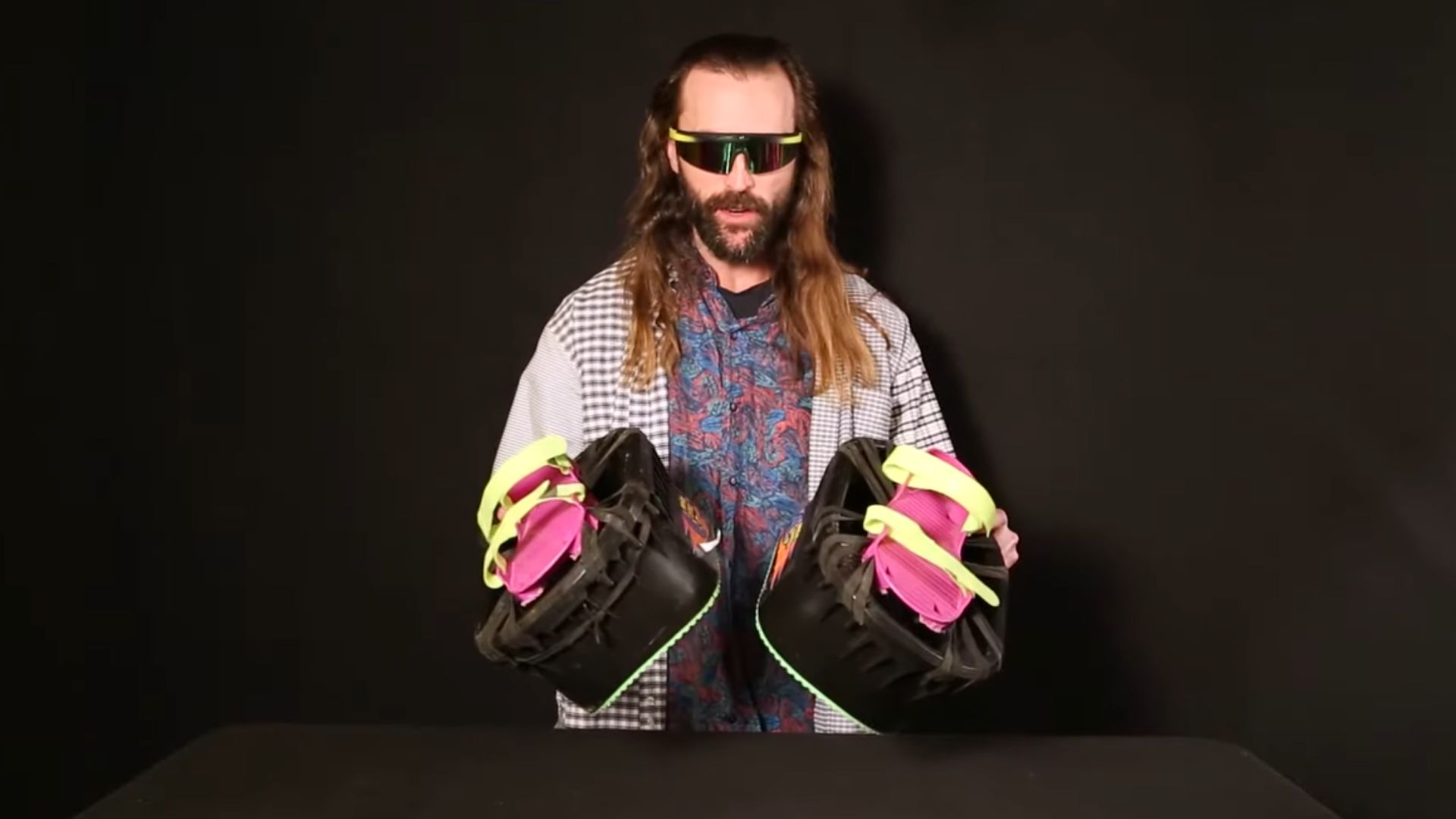 Moon Shoes Demonstration by Thomas Mason IV
Moon Shoes Demonstration by Thomas Mason IV
5. Skip-It
Didn't have one? You probably borrowed a neighbor's. Hasbro's Skip-It became a sidewalk hit in the late '80s and resurged in the '90s. It counted your skips as it spun around your ankle. Then came video games, and suddenly, no one was skipping anymore.
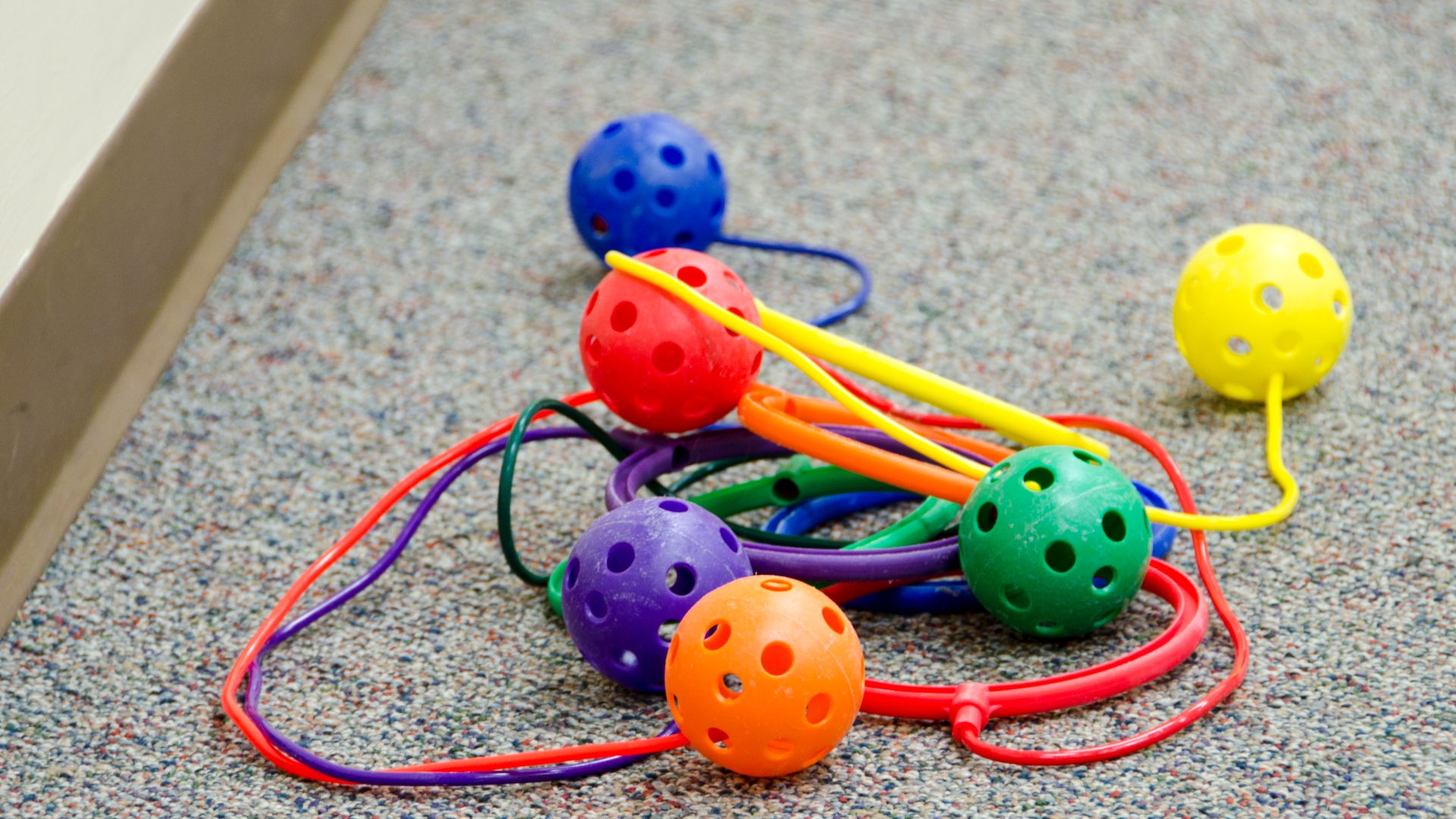 Saskatoon Public Library on Wikimedia
Saskatoon Public Library on Wikimedia
6. Betty Spaghetty
Released by Ohio Art in 1998, Betty Spaghetty wasn't your typical doll. Her limbs popped off, and her hair twisted like licorice. She lived in a world of mix-and-match. But she couldn't compete with Barbie's empire. Sales dipped, and production quietly stopped.
7. Creepy Crawlers
Mattel first brought Creepy Crawlers to life in 1964, but the '90s revival defined its popularity. You heated metal molds to create gummy bugs and fanged creatures. Parents worried about burns, while critics called it unsafe. Soon, fun met fear, and the toy eventually faded into obscurity.
 Mattel Creepy Crawlers 1964 1st Thingmaker Toy with extras by Michael Dodd
Mattel Creepy Crawlers 1964 1st Thingmaker Toy with extras by Michael Dodd
8. HitClips
What if you could only hear 60 seconds of your favorite song? HitClips launched in 2000 with that promise. Tiger Electronics gave kids bite-sized music hits on plastic cartridges. Then MP3 players hit the scene, and HitClips found its way into audio history.
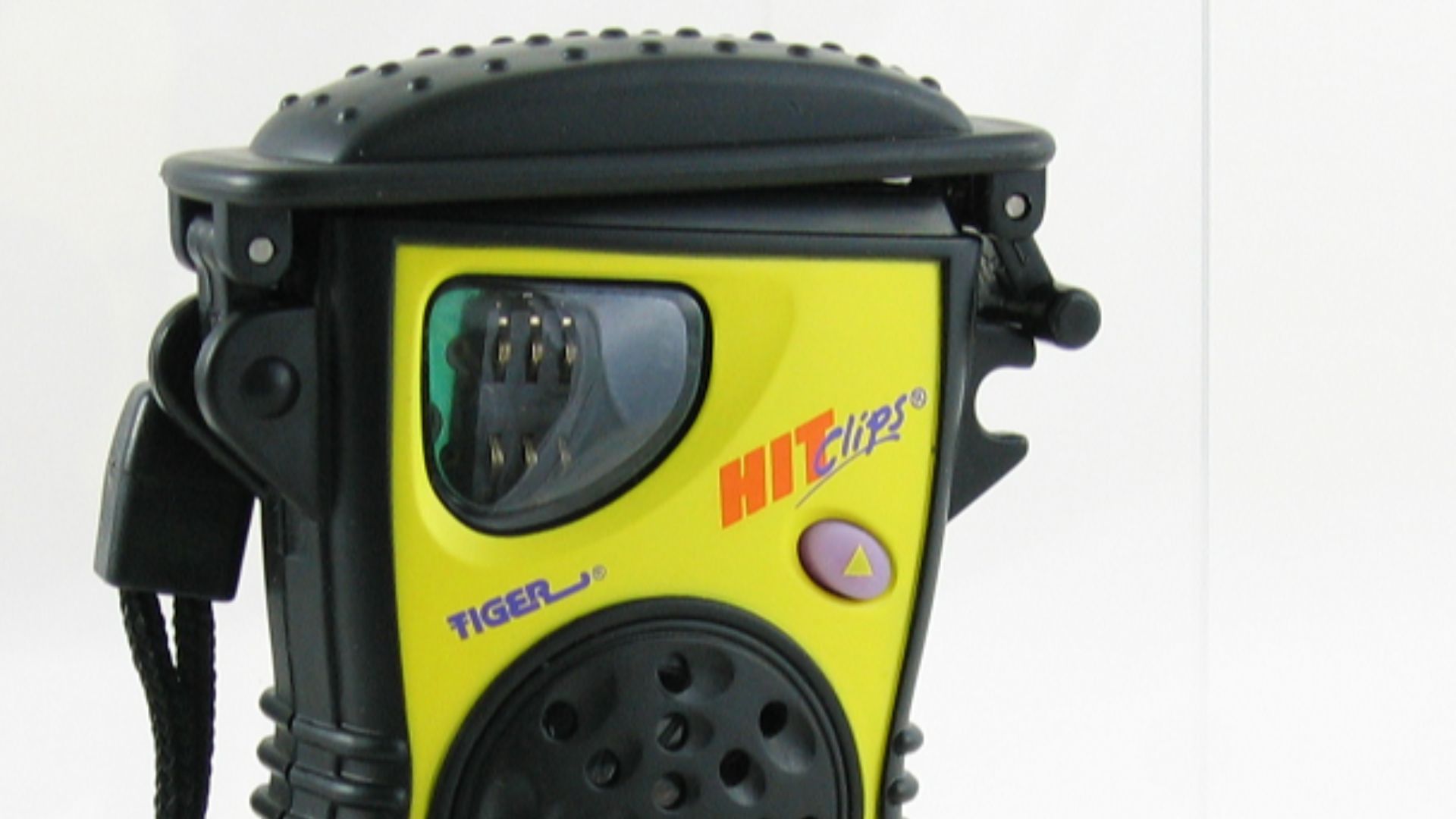 Jason Curtis / Museum of Obsolete Media on Wikimedia
Jason Curtis / Museum of Obsolete Media on Wikimedia
9. Razor RipStik
Released in 2006, the RipStik tried to blend snowboarding with skateboarding. Its caster wheels let kids carve streets like waves. It gained traction among adventurous tweens but lacked long-term pull. Tricky balance and competition from scooters kept the toy niche. Most eventually rolled it into the garage.
 Razor Presents: RipStik Ripster by RazorWorldwide
Razor Presents: RipStik Ripster by RazorWorldwide
10. Tech Deck
Fingerboards turned cafeteria tables into skateparks in the late '90s. Tech Decks replicated real skateboard brands like Element and Birdhouse. It was a whole culture, but fads fade fast, and by 2002, tiny ollies gave way to digital games and new trends.
These toys burned bright and faded, but others never left the room. Next up are the ones that outlasted trends and toy box purges. Let's roll into the forever favorites.
1. Lego
It started in Denmark in 1932, but the world's obsession with building blocks didn't take off until the '60s. Lego transcends generations. Kids and adults play it. Its secret is Endless reinvention, from licensed sets to robotics and video games.
2. Barbie
You could argue she's a cultural touchstone and not just a doll. Since 1959, Barbie has worn lab coats, swimsuits, flight suits, and space helmets. Ruth Handler's idea became a global empire and outlasted copycats and criticism. She and her Dreamhouse are here to stay.
3. Play-Doh
Before Play-Doh found its way into toy stores by 1956, it served as a wallpaper cleaner in the 30s. Its scent and texture made it a sensory favorite. Teachers loved it, and parents tolerated it. Creativity stayed its selling point, and kids still sculpt dinosaurs.
4. Hot Wheels
Since 1968, Hot Wheels have turned floorboards into highways. Mattel's die-cast cars were speed machines with working wheels and loop-de-loops. Kids launched cars off orange tracks, and adult fans collected limited editions. In over 150 countries, the engine still roars, and these wheels never stop spinning.
5. Etch A Sketch
Even though it was invented in France, it made its way to the U.S. in 1960. Etch A Sketch lets kids draw with knobs without batteries and screens. The drawing toy survived digital competition to become a nostalgic icon. And yes, it still sells.
6. Mr. Potato Head
He started in 1952 with real potatoes and pushpin parts—seriously. After kids stabbed produce for fun, Hasbro wisely switched to plastic. Mr. Potato Head became a household name and a Pixar star after Toy Story. His mix-and-match charm keeps him in rotation even today.
 Mr & Mrs Potato Head - Toy Story - ASMR Relaxation by Cool toys
Mr & Mrs Potato Head - Toy Story - ASMR Relaxation by Cool toys
7. Slinky
A naval engineer dropped a tension spring in 1943, and the Slinky was born. It's simple and hypnotic. Walk it downstairs or stretch it between your hands—it just works. More than 300 million Slinkies have been sold worldwide. A toy this low-tech shouldn't last, but it does.
8. Nerf Blasters
Nobody forgets their first foam dart war. Nerf made its debut with a soft indoor ball in 1969, but the blasters came later, and they changed everything. Safe for walls and friends, Nerf brought action to the living room, and the arsenal only keeps expanding.
9. Rubik's Cube
Hungarian professor Ernő Rubik created it in 1974 to teach 3D concepts. Then, it stumped the world. The puzzle remains a brainy rite of passage. Competitions and speedcubers have made this toy into something serious. Algorithms might solve it, but millions still twist to victory manually.
10. Uno
Born in a Cincinnati barbershop in 1971, Uno became the go-to card game for chaotic family nights. Draw 4s and reverses still spark feuds and laughter. It's fast, simple, ageless, and always tense. Over 80 countries later, people have not gotten tired of yelling “Uno!” louder with every new version.


